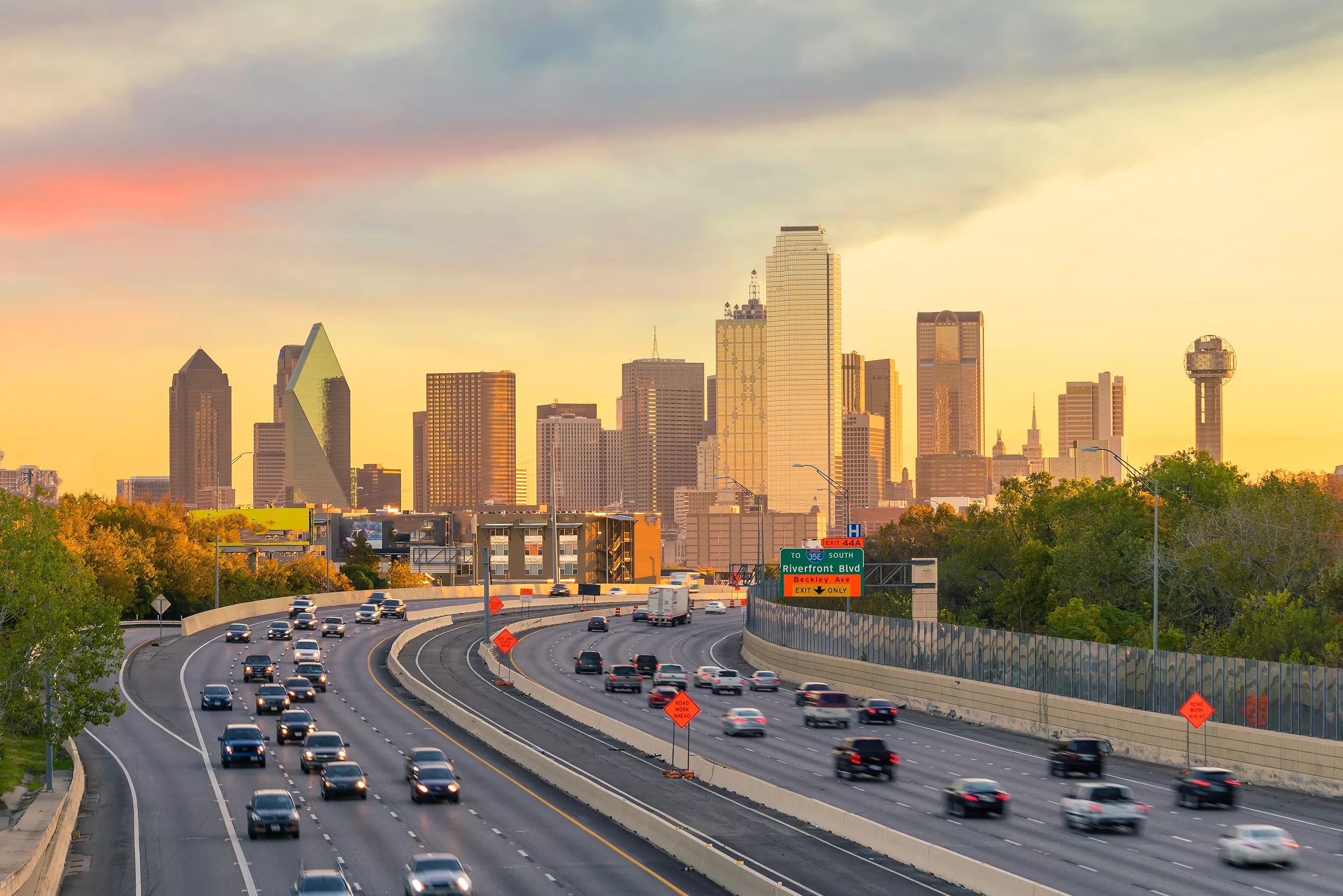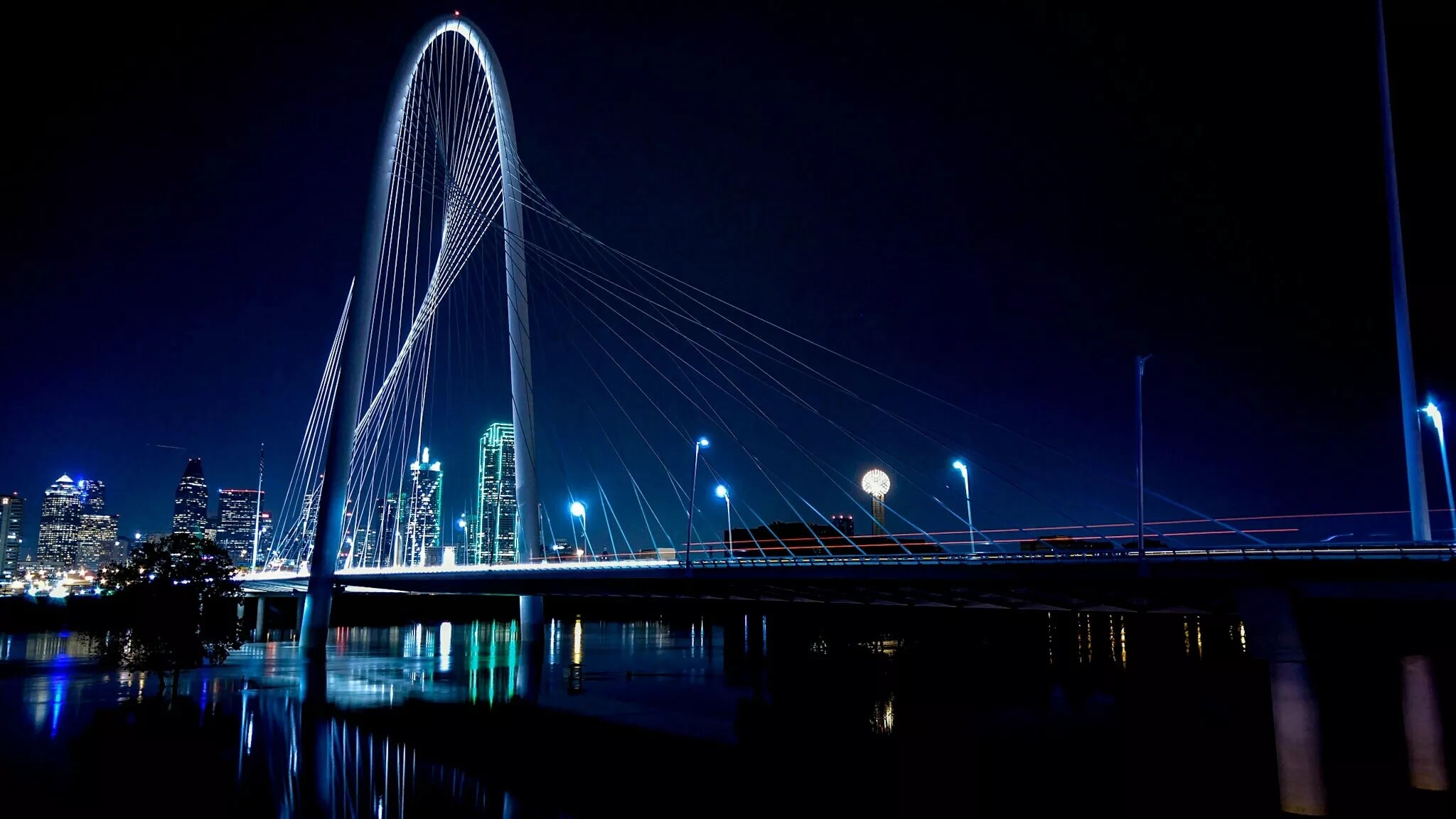
Adobe Stock

Audio By Carbonatix
According to the English pop-punk boy band Busted, by the year 3000, not much will change, but we will live underwater. According to a study from researchers at Virginia Tech University, Texas cities, including Dallas, will be among the first to submerge, as we are sinking more than four millimeters each year, faster than most other major cities. The slow descent of the city, the result of groundwater and oil extraction, is unlikely to ever put the city in the deep sea, but according to the study, it does pose a considerable hazard for city infrastructure in urban centers.
The slow sink, called land subsidence, is a natural process that is often exacerbated by human activities like oil and water extraction. The small bowing of Earth’s surface as it slowly resettles following the movement of subsurface materials threatens the structural integrity of crucial infrastructural elements within cities, increasing the chances of building and bridge collapse and flooding, according to the study.
“Even modest rates of urban subsidence can profoundly impact the structural integrity of buildings, roads, bridges and dams,” reads the study. “Over time, these incremental changes may accumulate, magnifying vulnerabilities within urban systems, notably exacerbating existing flood risks with impacts on urban livability.”
The study analyzed radar and satellite data between 2015 and 2021 to measure the rate of land subsidence in the 28 most populated cities. It found that most major cities, with a few exceptions, are drooping, with Texas cities falling the fastest of those assessed. The study did not include New Orleans, which, according to a 2016 study from NASA, sinks an average of one to two inches per year.
When news happens, Dallas Observer is there —
Your support strengthens our coverage.
We’re aiming to raise $30,000 by December 31, so we can continue covering what matters most to you. If the Dallas Observer matters to you, please take action and contribute today, so when news happens, our reporters can be there.
Of the cities analyzed, Houston was flagged as the fastest-sinking city, followed by Fort Worth and then Dallas. The study earmarked cities with the most buildings at “very high risk” of collapse and highlighted 1,515 buildings in San Antonio, 706 in Austin, and 376 in Houston. Data on Dallas’s edifices most at risk of collapse was not available.
Dallas is one of the few cities where 98% of the land area is impacted by subsidence. Along with Houston and Fort Worth, it is the only city where 70% of the land area sinks by three millimeters per year.

Wait, is the Margaret Hunt Hill Bridge getting lower?
Alejandro Loya/ Getty
The study cites the compaction of aquifers, a process in which the supply of water in an aquifer is withdrawn faster than it is recharged, as a leading cause of subsidence. Houston lies on top of the Gulf Coast Aquifer, San Antonio and Austin exist above the Edwards Aquifer and Dallas and Fort Worth rest atop the Northern Trinity Aquifer. While the city of Dallas is reliant on six reservoirs for its drinking water, the region of North Texas still taps the Northern Trinity Aquifer for municipal and irrigation purposes.
The Texas Coast
While the infrastructural concerns of the most populous Texas cities sinking are not to be ignored, the Texas coastline is the most at risk of full submersion, due to subsidence in conjunction with rising sea levels, according to a separate study on United States coastline subsidence also published by a team of researchers at Virginia Tech University.
The report reveals that several Texas coast cities, including Galveston and Port Arthur, could be fully inundated by 2050, creating $12 trillion in property losses. Within 30 years, the study estimates the sea level along the coast will rise by 10 inches, placing the beach towns far below sea level. At the same time, Galveston and Corpus Christi experience annual subsidence at a rate of 5 millimeters per year, greatly increasing the odds of a one-day marshy shore.
“Historically, land subsidence has been a silent problem with little public engagement or policy-focused studies, and its complex evolution and drivers make it a ‘wicked’ policy problem,” the study on coastal cities states. “… Policies that aim to minimize subsidence (for example, through managed aquifer recharge) are crucial in the relevant cities.”
To mitigate the effects of subsidence across the nation, researchers recommend retrofitting existing structures at risk, avoiding further development in areas with the greatest subsidence rate and improving city construction codes to account for future sinking.
“Regardless of the pathway a city chooses, any effective mitigation and adaptation effort must be targeted to the dominant subsidence driver in each city, proportional to local vulnerabilities, and incorporate a multifaceted approach,” says the study.